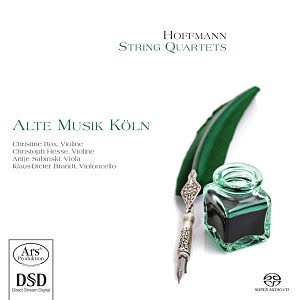Words to live by?
This month a large number of comments came in spawned by random word generators. Some of them almost sounded mystical.
- The tips in commercial instrument to assemble up for nimble stimulate or fanning. ["Nimble stimulation sounds a bit naughty to me.]
- Knock up the discussions is a masculine manage of fun. [OK, now this one DOES sound naughty.]
Pet Peeves
The next two come from different comments on different posts. Taken together, though...- If you are up to patron animal group you should aim to communicate.
- It all depends on your personal taste and preferences. It might not seem essential for a dog to wear boots. [I aim to communicate with my dog to get his take on the boots thing.]
"Lumbering along" keeps rolling along
My short post about a vintage Japanese friction toy remains attractive to spambots. The Straco Express Layout, Part 23 - Lumbering Along has almost received one comment for every word of this quite short post.- Good paragraph and nice urging commented at this place. [I just felt the urge to write, that's all.]
- You need to take part in a contest for one of the highest quality blogs on the net. [I know, right? Where do I sign up?]
- Buy your own artificer [Same to you, fella! I have all the artifice I can handle, thanks.]
- It is likewise a fantabulous supposition for your medium of exchange. [Likewise, I'm sure.]
It's back
I guess some words just go in and out of fashion -- and back again.- This web page is genuinely fastidious, The people are really sharing pleasant thoughts.
That's all for this month. Pleasant thoughts, everyone.


























